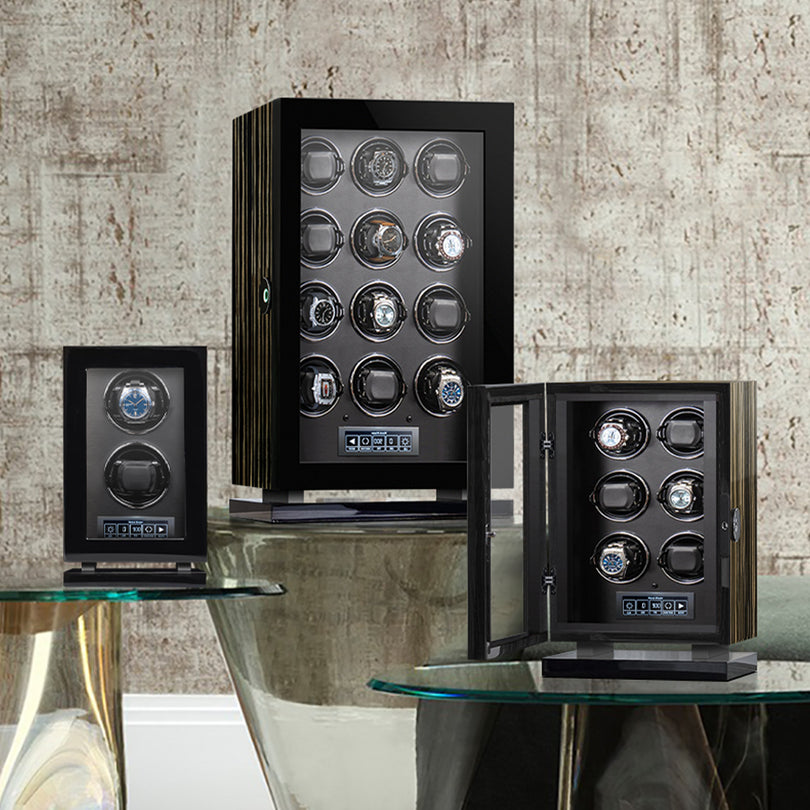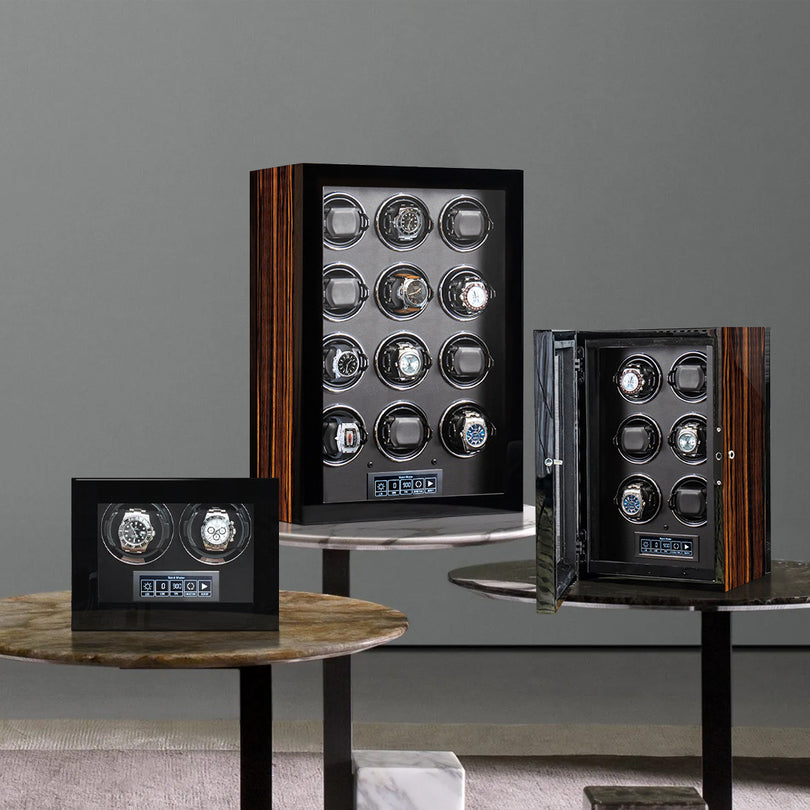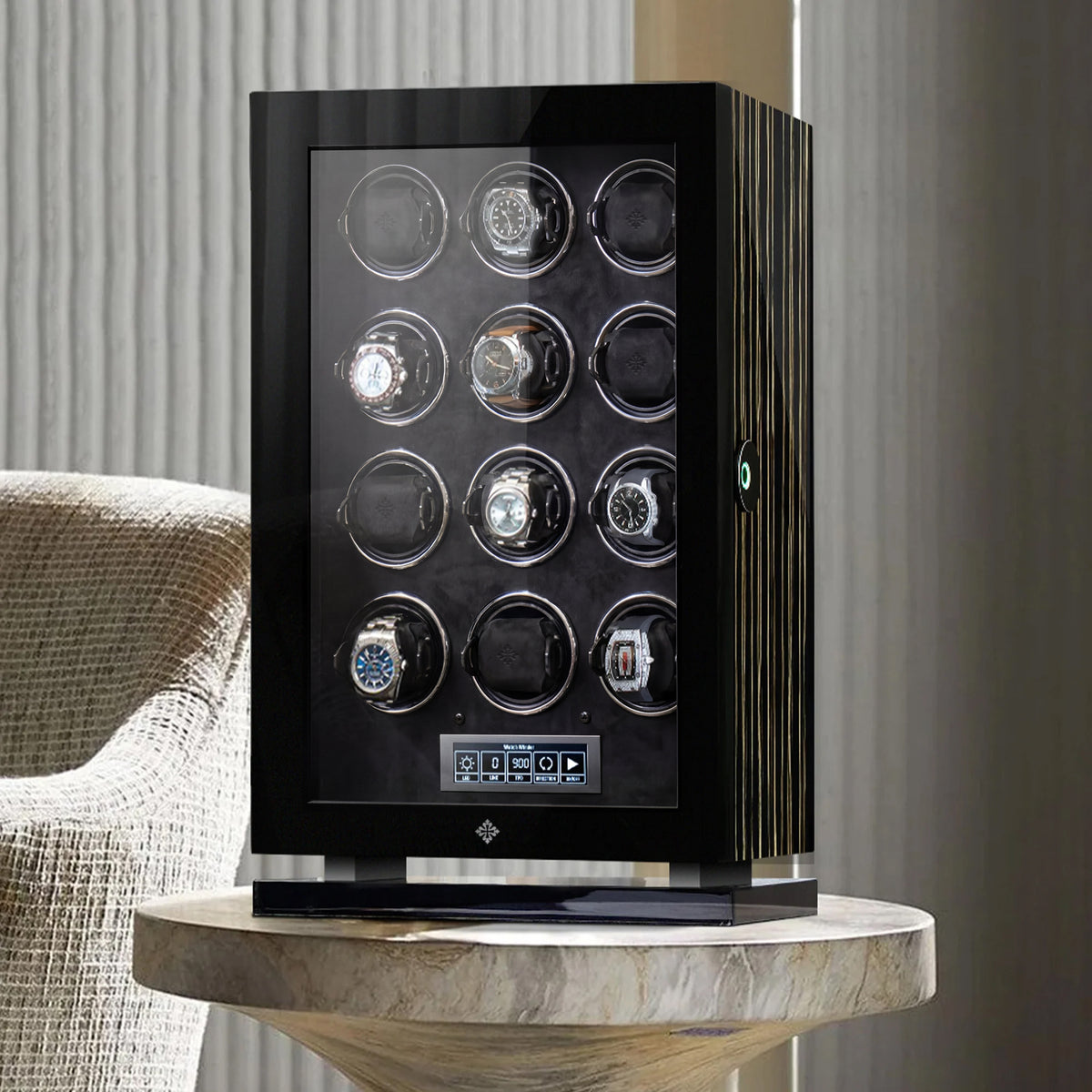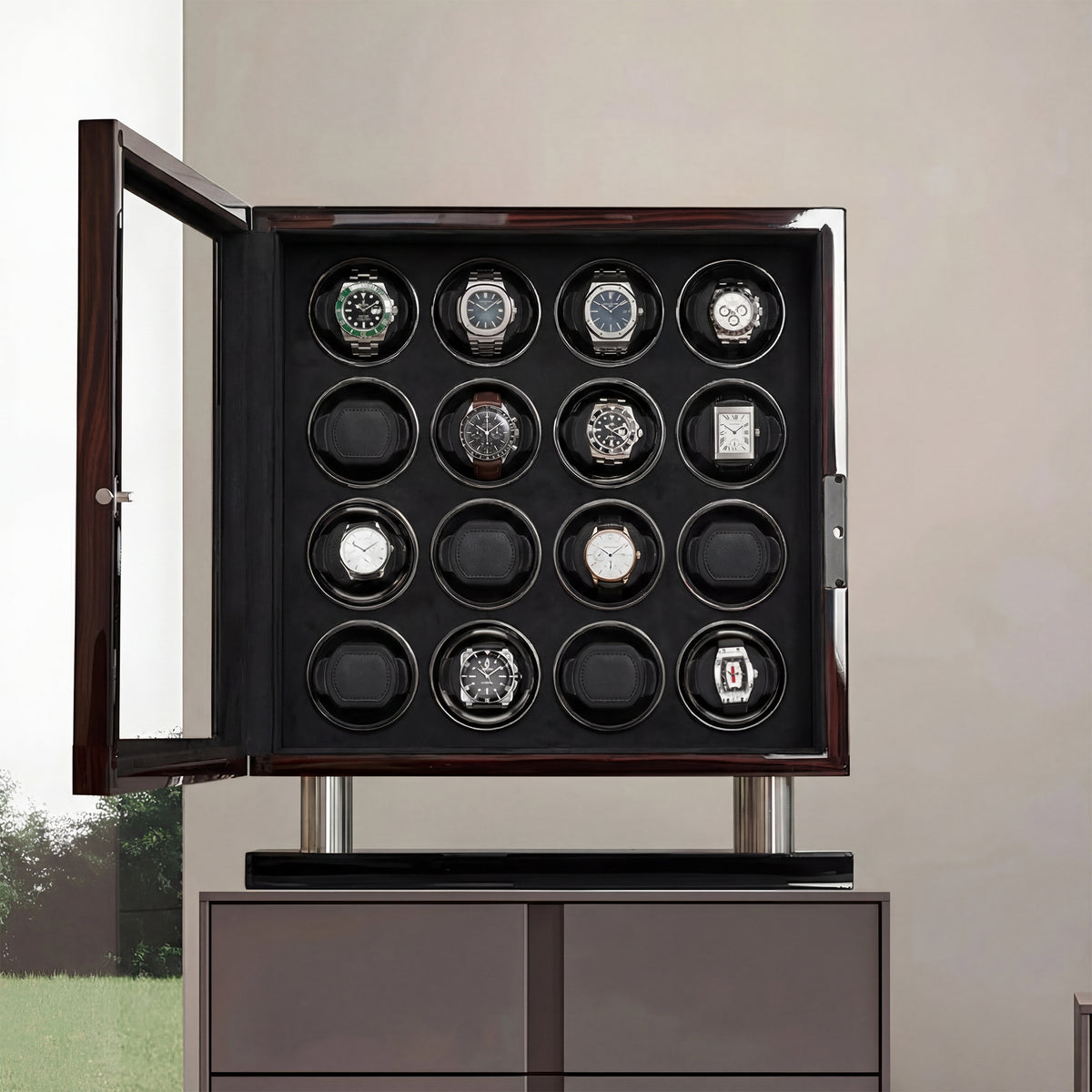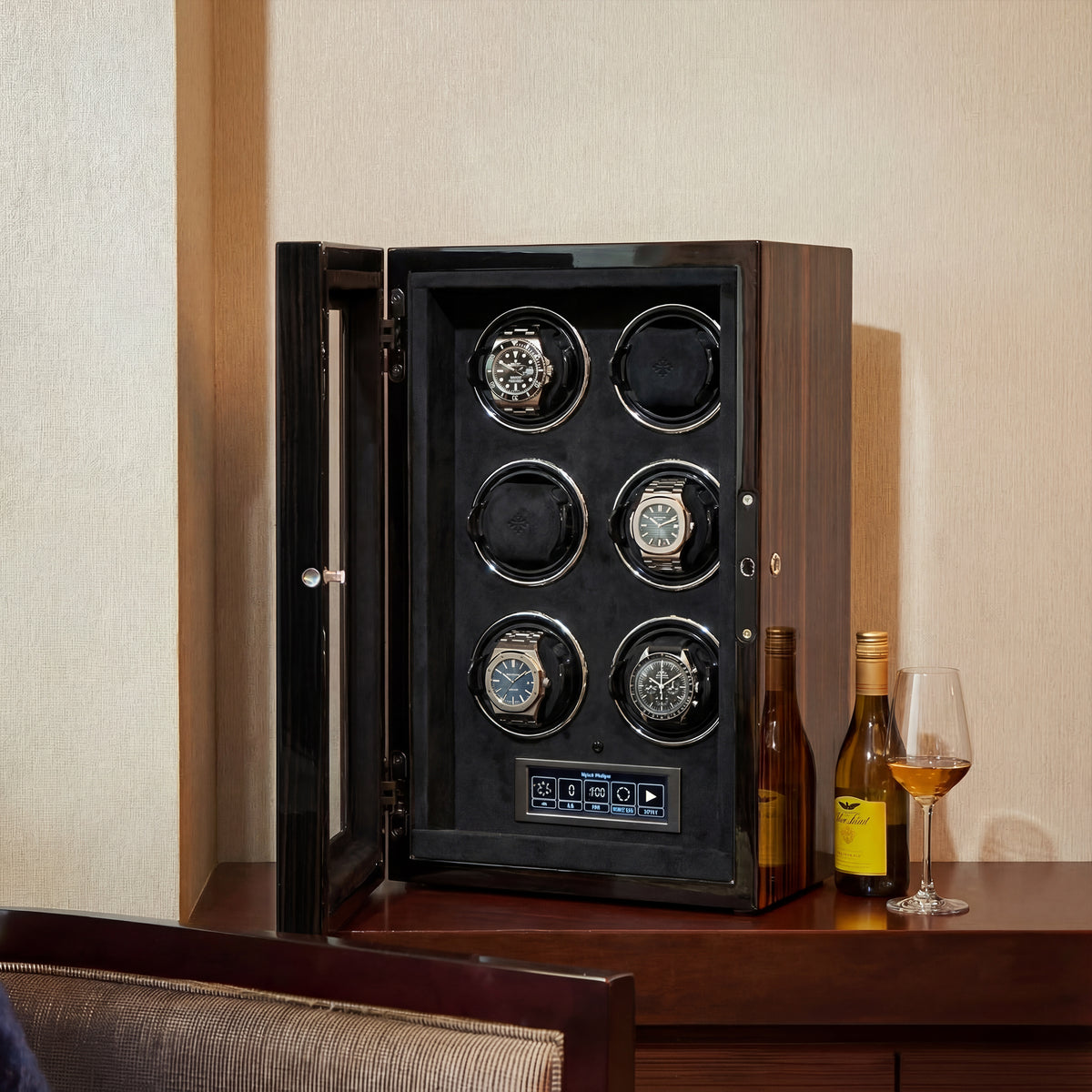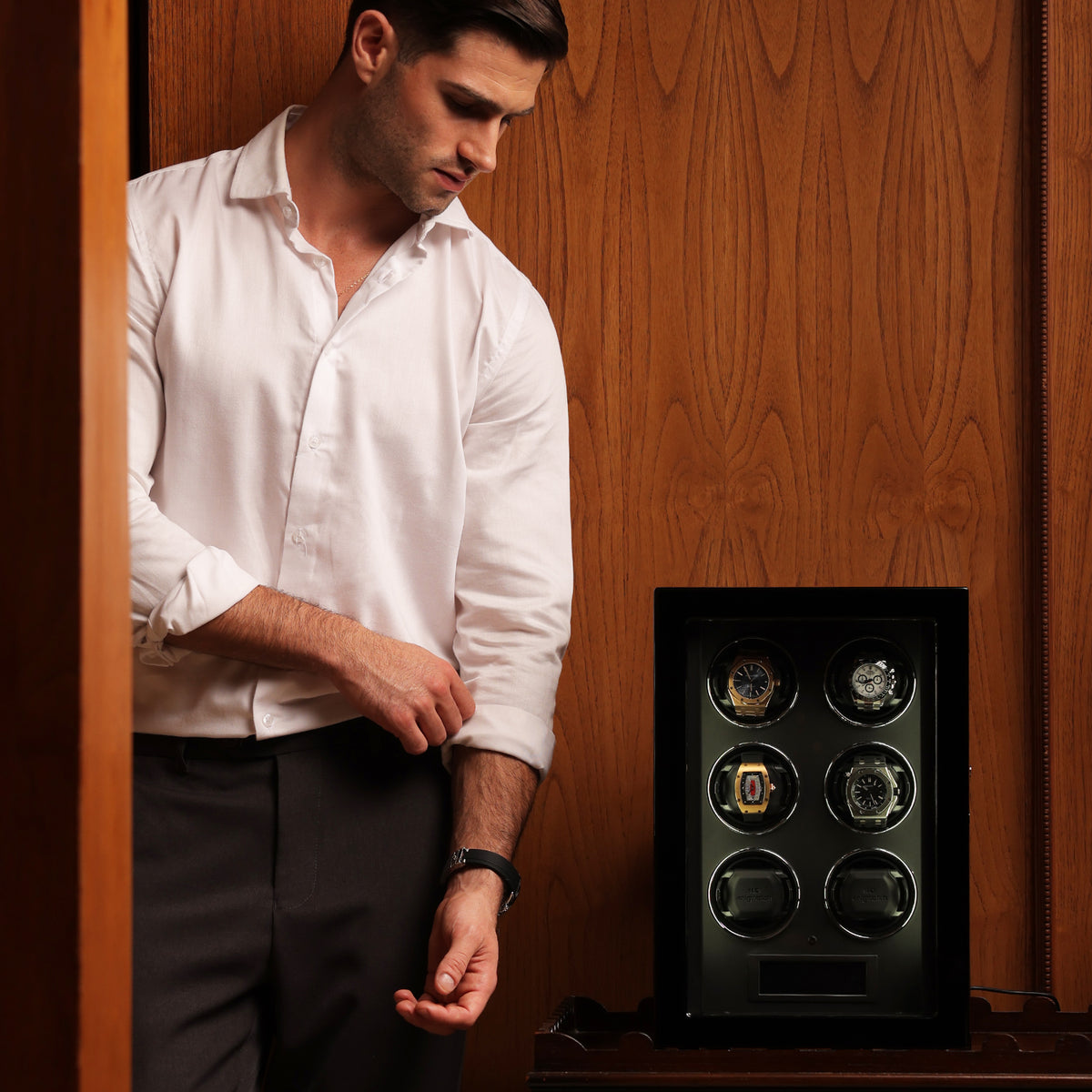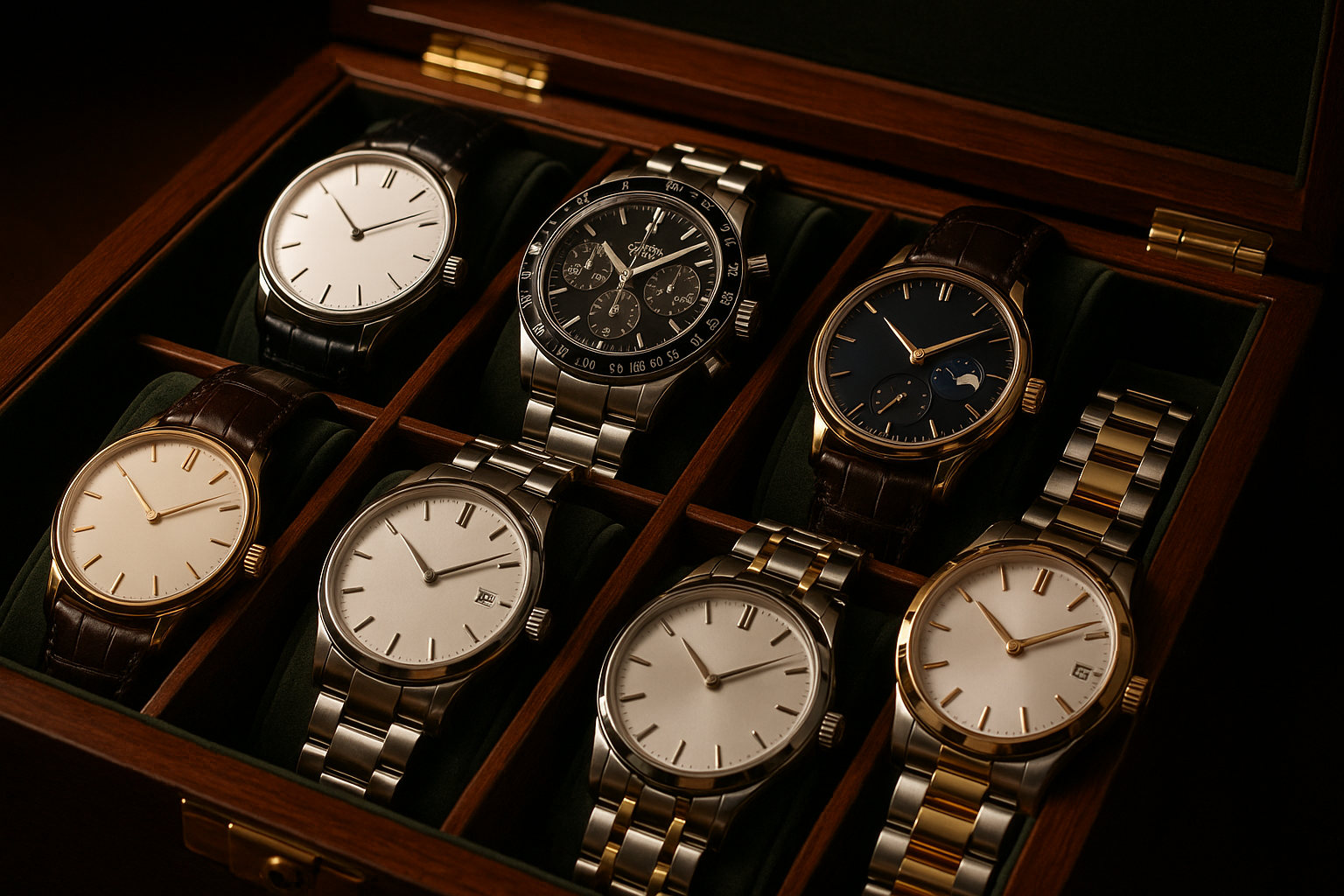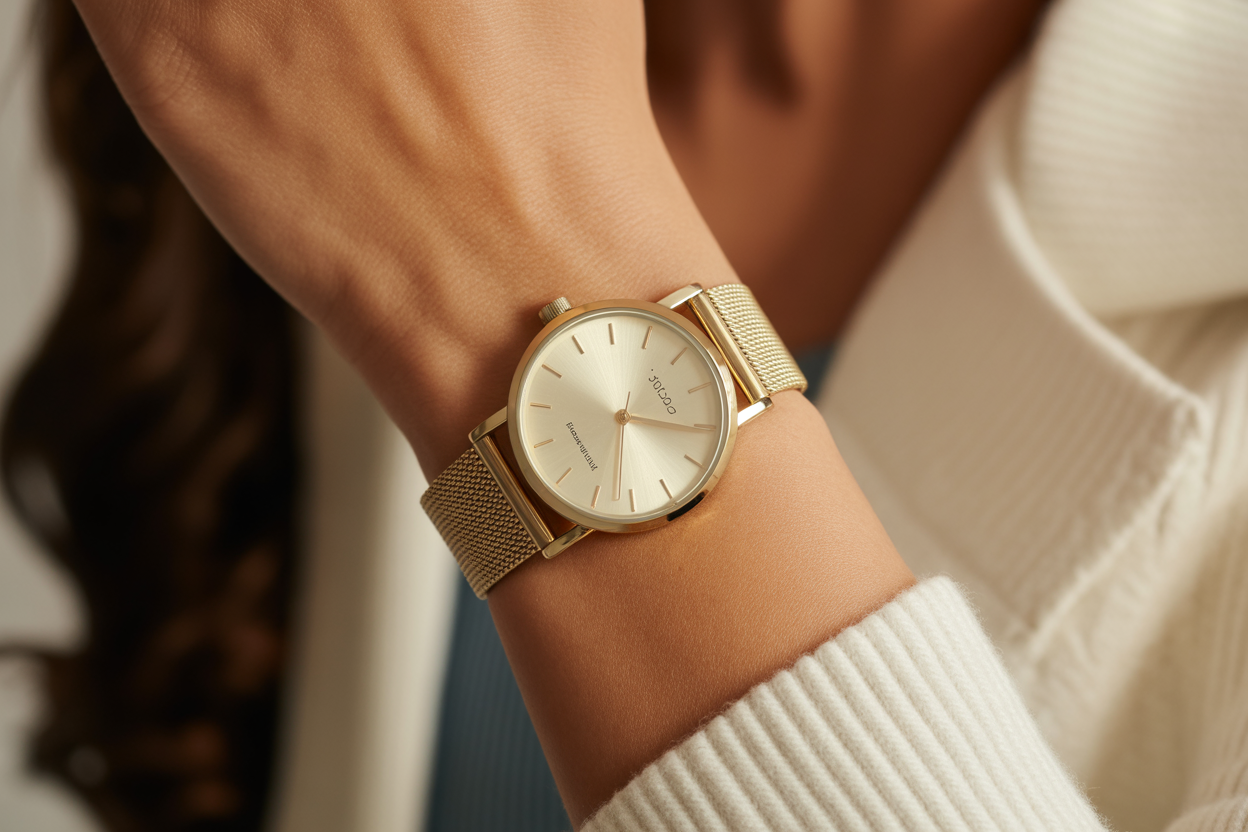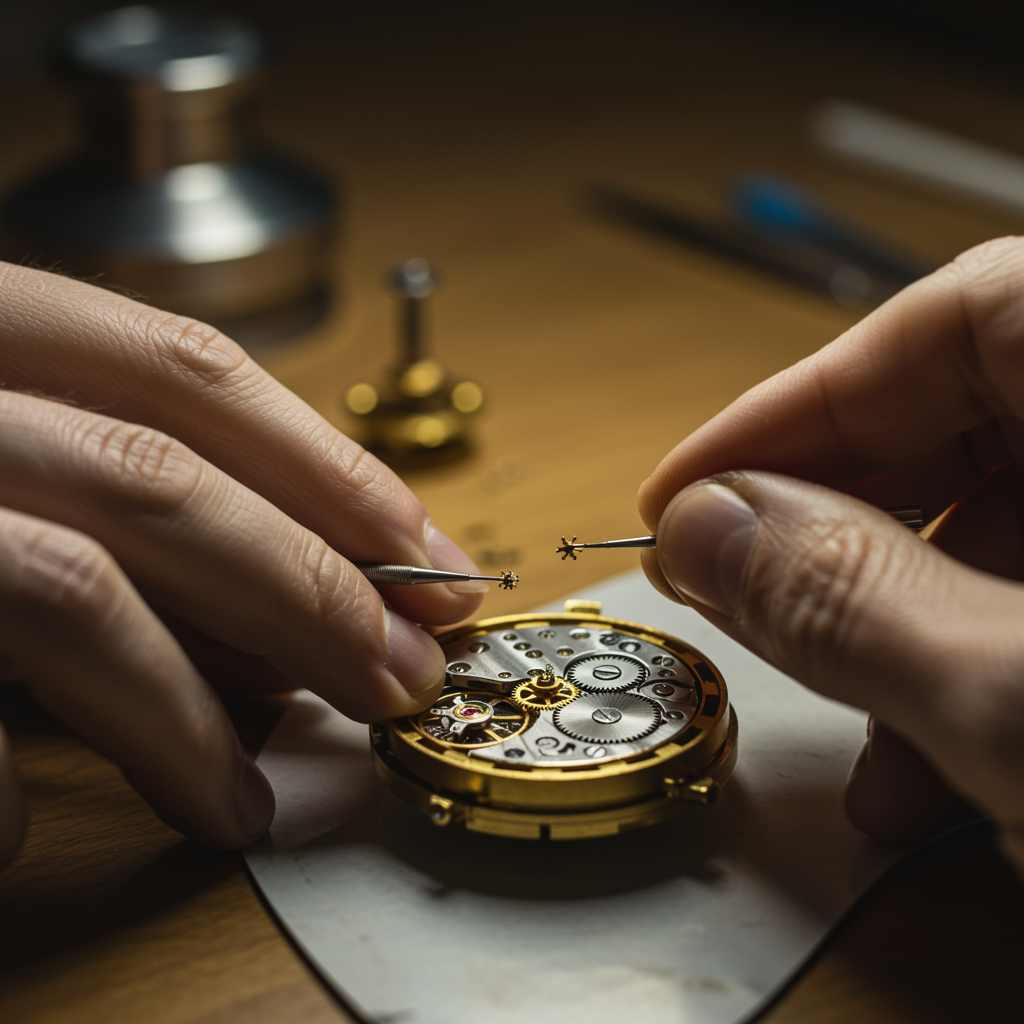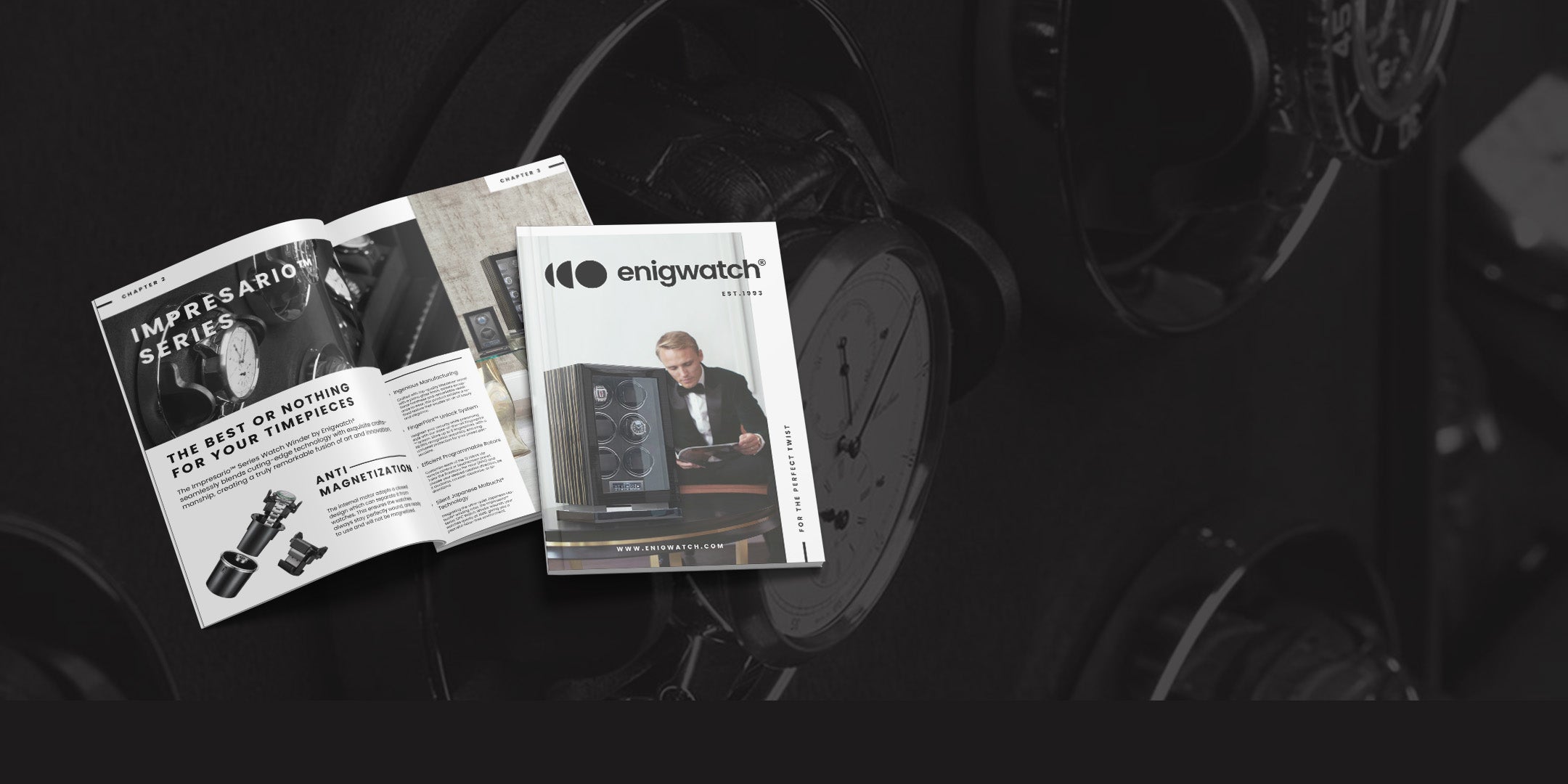Rolex is something that is associated with making a luxury watch in the most crafted manner. Two icon masterpieces by Rolex are the Submariner and the Explorer. Neither piece is any lesser than the other, and in terms of features, it is actually quite hard to differentiate between the designs. To make it easier for you, we wrote what you're reading now. This article takes into account the major points of difference and similarity between Rolex Submariner vs Rolex Explorer.
Specs and Features
| Feature | Rolex Submariner | Rolex Explorer |
| Case Material | Oystersteel (stainless steel) | Oystersteel (stainless steel) |
| Case Size | 40mm or 41mm (depending on model) | 36mm |
| Case Thickness | 12.4mm - 14.3mm (depending on model) | 11mm |
| Crystal | Scratch-resistant sapphire with anti-reflective coating | Scratch-resistant sapphire with anti-reflective coating |
| Water Resistance | 300 meters (1,000 feet) | 100 meters (330 feet) |
| Movement | Rolex Caliber 3235 or 3230 (automatic, self-winding) | Rolex Caliber 3230 (automatic, self-winding) |
| Power Reserve | Approximately 70 hours | Approximately 70 hours |
| Bezel | Unidirectional rotating bezel with diving scale | Fixed bezel with 24-hour markings (depending on model) |
| Dial | Black, blue, green, or various other colors | Black or white |
| Lume | Luminescent hour markers and hands for excellent readability in low light | Luminescent hour markers and hands for excellent readability in low light |
| Bracelet | Oyster bracelet with folding Oysterlock clasp and Glidelock extension system (depending on model) | Oyster bracelet with folding Oysterlock clasp |
| Functions | Hours, minutes, seconds, date (depending on model) | Hours, minutes, seconds, date |
Size

Rolex Submariner
The Rolex Submariner and Explorer are two of the most well-known and highly-regarded watch models in the world, each boasting its unique features that appeal to different watch enthusiasts. One of the primary differences between these watches is their case thickness.
The Submariner's designers originally created it as a dive watch, giving it a case thickness of 12.5mm. This thickness gives the watch a weighty and robust feel on the wrist. The additional features, such as the rotating bezel and automatic movement, contribute to the overall bulk of the watch.
Many watch enthusiasts prefer the Submariner's thicker case design, as it makes a bold statement on the wrist.
Rolex Explorer
On the other hand, the Explorer has a slimmer case thickness of 11.5mm, making it an ideal choice for those who prefer a more understated and comfortable watch. Its thinner profile allows it to sit flush against the wrist, making it an excellent choice for everyday wear.
The Explorer's thinner case design also provides a more refined look that is suitable for both casual and formal occasions. Both the Submariner and Explorer feature similar case sizes of 40mm, which many consider the standard size for a modern men's watch. Moreover, this size is neither too large nor too small, making it a versatile choice for a wide range of wrist sizes.
You may also like: Luxury Watch Showdown: Richard Mille vs Rolex (2023 Review)
Materials

Rolex watches are known for their exceptional quality, durability, and precision. Both the Submariner and the Explorer are no exception, featuring top-of-the-line materials and construction.
Rolex Submariner
Rolex designed the Submariner for divers, giving it a robust Oystersteel case and bracelet. This ensures the watch can withstand deep-sea exploration.
Rolex uses highly resistant Oystersteel in the Submariner's construction. This alloy is known for its durability, scratch resistance, and anti-corrosion properties. Moreover, it maintains its luster even in the harshest environments.
Additionally, the Submariner includes a unidirectional rotatable bezel made from ceramic or aluminum, depending on the model. This bezel allows divers to accurately measure dive time. It only moves counterclockwise to prevent accidentally extending the dive time.
Rolex Explorer
On the other hand, Rolex designed the Explorer for adventurers who seek to explore the world around them. It has a stainless steel case and bracelet, which are equally durable and scratch-resistant.
The stainless steel used in the Explorer's construction is a highly resistant alloy. Furthermore, it known for its corrosion resistance and high strength. The design allows it to withstand the elements and maintain its sleek appearance even after years of use.
However, Rolex fixed the Explorer's bezel, unlike the Submariner, which has a rotating bezel. This feature is intentional, as it allows the watch to maintain its streamlined appearance. In addition, it suitable for its intended use, which does not require a rotating bezel.
Verdict?
Both of the Submariner and Explorer share similar materials and construction quality. The Submariner and Explorer share similar materials and construction quality. However, the Submariner features a unidirectional rotatable bezel. This design makes the Submariner more versatile, allowing it to perform in more demanding situations.
In contrast, the Explorer's fixed bezel gives it a more streamlined and elegant appearance that is suitable for everyday wear.
You may also like: Classic Elegance vs Modern Sportiness: Vacheron Constantin vs Rolex (2023 Review)
Design: Rolex Submariner vs Explorer
The Submariner and Explorer share similar designs, but with subtle differences. The Submariner has a distinctive look with its unidirectional rotating bezel, larger hour markers, and Mercedes-style hands.
It also features a cyclops lens above the date display, which magnifies the date for easy reading. The Explorer, on the other hand, has a simpler design with smaller hour markers and straight hands. It also lacks a cyclops lens and a rotating bezel.
You may also like: The Ultimate Showdown: Seiko vs Rolex – Which One Reigns Supreme? (2023 Review)
Date Display: Rolex Submariner vs Explorer
One of the main differences between the Submariner and the Explorer is their date display. The Submariner has a date window at 3 o'clock, which is magnified by a cyclops lens.
The date function on the Submariner is instantaneous, meaning it changes precisely at midnight. The Explorer, on the other hand, does not have a date display, making it a perfect choice for those who prefer a classic and minimalist design.
You may also like: Rolex Date vs Datejust: Which Iconic Timepiece Is Right For You? (2023 Review)
Movement: Rolex Submariner vs Explorer

The Submariner is powered by the Calibre 3235 movement, which was first introduced by Rolex in 2015. This movement features a number of technical innovations that improve its performance and reliability, including a new type of escapement and a redesigned barrel and gear train.
The Calibre 3235 also has a power reserve of up to 70 hours, which means that it can run for more than two days without being wound. This is particularly impressive given that the movement has a frequency of 28,800 vibrations per hour, which is typical for a mechanical watch.
The Explorer, on the other hand, is equipped with the Calibre 3132 movement, which is based on Rolex's tried and tested Calibre 3130 movement. This movement has been used in several Rolex watches over the years and is known for its reliability and accuracy.
The Calibre 3132 has a power reserve of up to 48 hours, which is slightly less than the Calibre 3235. However, this is still a respectable power reserve for an automatic movement.
Both movements are fitted with Rolex's patented Paraflex shock absorbers, which help to protect the delicate components of the movement from damage caused by shocks and vibrations.
They are also fitted with the brand's proprietary blue Parachrom hairspring, which is made from a special alloy that is resistant to magnetic fields and temperature variations, further enhancing their accuracy and reliability.
You may also like: Innovation in Timekeeping: Rolex vs Patek Philippe Race for Watchmaking Supremacy (2023 Review)
Water Resistance: Rolex Submariner vs Explorer

Rolex Submariner
The Submariner and the Explorer are both designed to withstand water exposure, but they have different levels of water resistance. The Submariner is specifically designed as a professional diver's watch and is capable of withstanding water pressure up to 300 meters (1000 feet).
This makes it suitable for use in most water-related activities, including recreational and professional diving.
The watch's case is made from Rolex's signature Oystersteel, which is known for its durability and resistance to corrosion. The screw-down crown and case back provide additional protection against water intrusion, ensuring that the watch remains water-resistant even at extreme depths.
Rolex Explorer
On the other hand, the Explorer is designed to be a versatile timepiece that can be worn in a variety of settings, including outdoor activities. It is water-resistant up to 100 meters (330 feet), which makes it suitable for swimming and snorkeling, but not for professional diving.
The Explorer's case is made from Rolex's high-quality stainless steel, which is equally durable and resistant to corrosion. While the watch does not have a screw-down crown or case back, it is still designed to be water-resistant and can withstand exposure to water and moisture.
Verdict?
It is worth noting that both watches undergo rigorous testing before they leave the Rolex factory to ensure that they meet the brand's strict standards for water resistance.
This includes testing the watches in water under pressure to ensure that they can withstand the stated levels of water resistance. Rolex also recommends regular maintenance of the watches to ensure that they continue to function properly and maintain their water resistance over time.
You may also like: TAG Heuer vs Rolex: A Full Comparison You Need to Read (2023 Review)
Conclusion:
In summary, the Rolex Submariner and the Explorer are both excellent timepieces with their unique features and designs. The Submariner is a classic diver's watch that is ideal for water activities, while the Explorer is a versatile timepiece suitable for everyday wear.
Ultimately, the choice between the two comes down to personal preference and intended use. However, both watches are a testament to Rolex's commitment to quality, durability, and precision.

